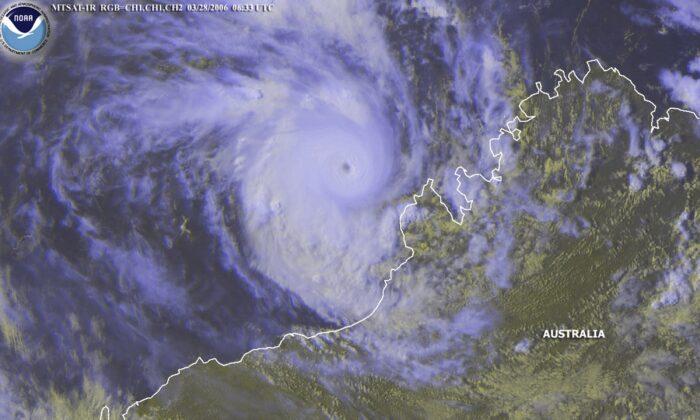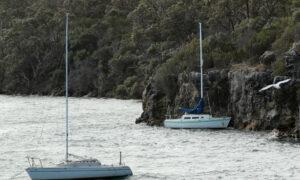Ex-tropical cyclone Lincoln is expected to gather strength and re-form on Feb. 23 as it tracks southwest along the Pilbara coast, according to the Bureau of Meteorology.
The bureau predicts it will cross the coast as a category 2 system near Coral Bay on Feb. 24.
“As it makes landfall that’s when we will see the most intense impacts,” Meteorologist Miriam Bradbury said on Feb. 22.
“Destructive wind gusts up to 140km/h are possible and very heavy rainfall that could lead to flash flooding.”
Ms Bradbury said wind gusts up to 100km/h that were strong enough to bring down trees and power lines were possible on Feb. 23.
Multiple flood watches have been issued for catchments along the Pilbara and Gascoyne coastlines and urban search and rescue specialists are among the dozens of emergency service personnel deployed to communities likely to be affected by the cyclone.
Authorities expect the North West Coastal Highway to close at various locations because of flooding and have said some communities could be isolated for days.
Lincoln crossed the Northern Territory coast late last week as a category 1 tropical cyclone from the Gulf of Carpentaria before moving inland across the Top End and into WA as a storm.
It dumped heavy rain across a wide area triggering flood watches and warnings in northwest Queensland, the NT and northern WA before moving offshore again on Feb. 21.







